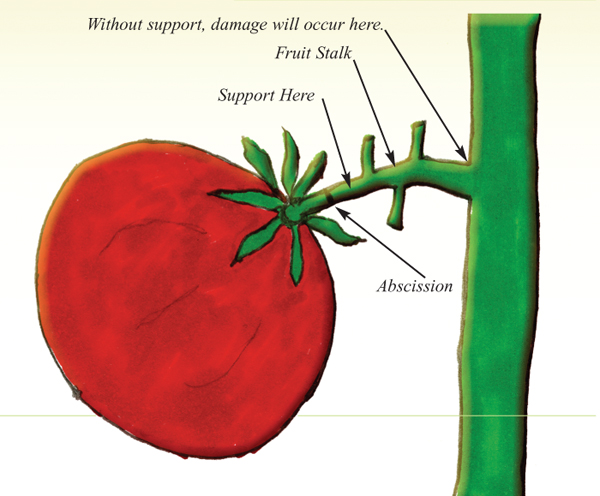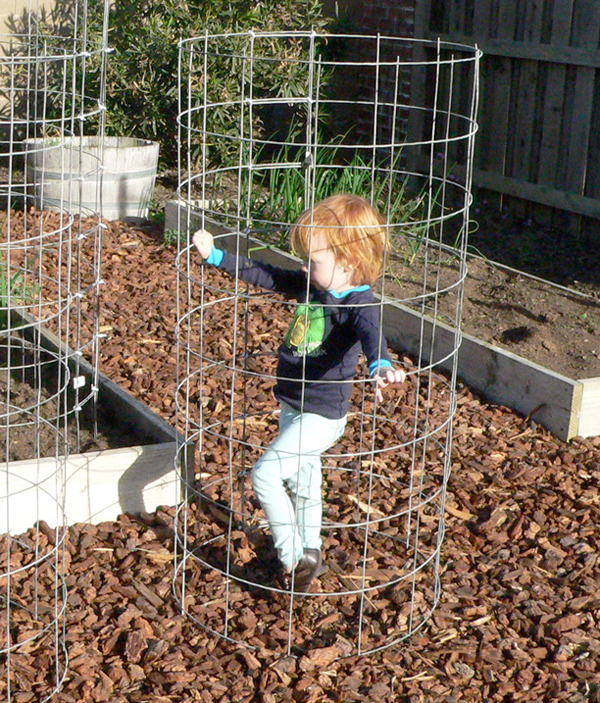
Chapter 14
Staking and Supporting
There are many ways to stake and support your tomatoes. One is to use very sturdy 7 to 8 foot wooden stakes, rebar, or pipes driven at least one foot into the ground. The stakes should be put in at the time of planting to avoid root damage. Recently I have begun to use 9 feet long rebar placed 6 feet apart in the garden with twine running from rebar to rebar. Two pieces of twine then run from the horizontal twine directly down to the plant. One piece of twine for each of the two vines grown on each plant. The plant's vines are then attached to the twine using tomato clips.
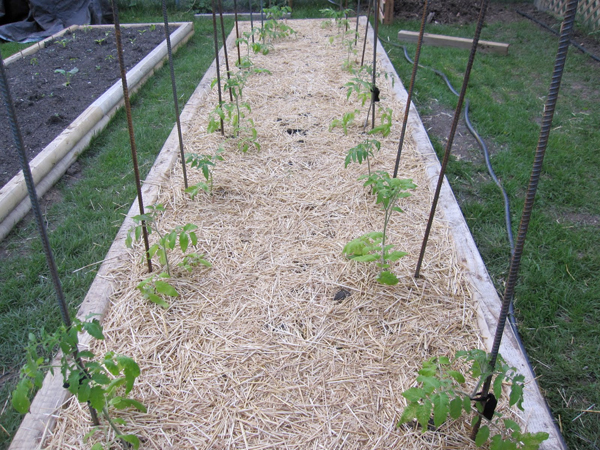
Some growers prefer supporting their plants with metal cages made of concrete reinforcement wire rather than the stakes. However, these will be only 5 feet tall at most, and still require some type of stake to support the cage. Cages work well for growing "eating" tomatoes but not as well for giants as these cages are too tall and it is difficult to get access to the tomatoes.

Whatever you choose as the major supporting structure for your tomato plants, you will also need supporting ties or loops to hold the plant to your main support and/or cages. To accomplish this, use something soft and flexible, rather than metal wire or twist ties that could damage your plants. Cloth ties or anything soft and flexible can be used to support and direct your vines. Old panty hose work well. So too does biodegradable hemp garden twine.
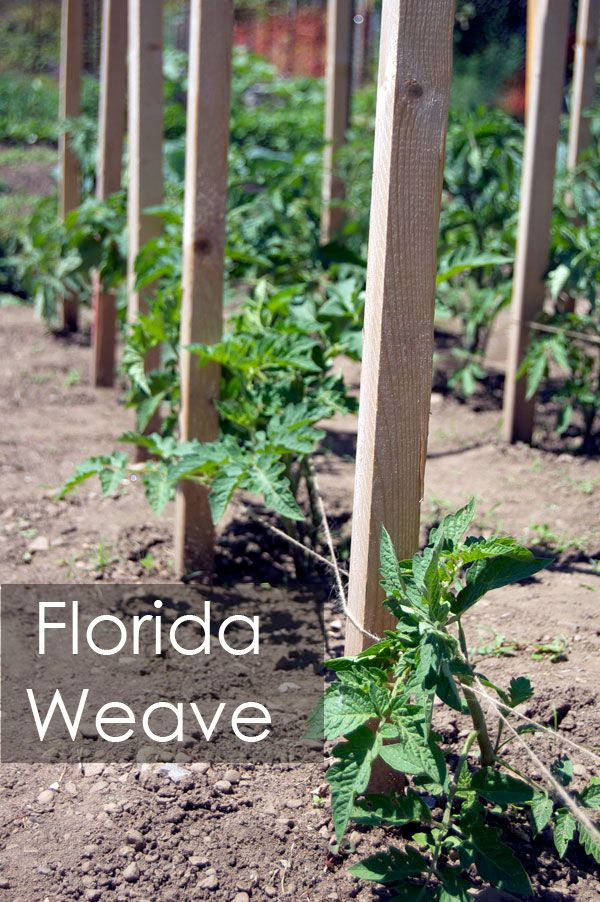

Individual tomatoes also need support. A big tomato not properly supported will sometimes pull itself away from the main vine, leaving you with either a tomato that doesn't reach its full potential, or no tomato at all. Use an old nylon stocking, some panty hose, a torn piece of old sheet, or some other soft material to make a hammock or sling for the single tomato. Another option is surveyor's flagging tape that is about a half-inch wide and made of soft plastic which can stretch slightly. For big tomatoes, you may have to double up on the tape to be certain it doetch.esn't str

Watch your tomatoes closely, because as they grow they will need additional support, especially one on the way to becoming a prized tomato. Properly support your big tomatoes, or they will tear away from the vine. It is better to put the support under them sooner rather than later. Every year I have missed at least one tomato only later to find it tearing away from the vine. There are many ways to support your tomatoes. Just be sure you do it.
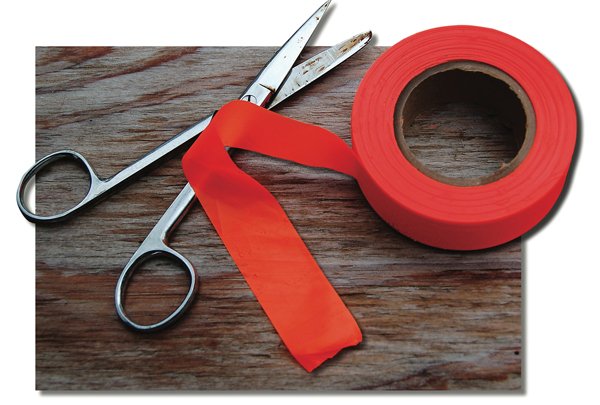
Grower Comments on Tomato Support
"The stem holding the tomato is very tough and thick. I don't support it until the tomato is about the size of my fist, but you can do it any time. I use a strip of old sheet or soft flannel. I place it under the stem (just clearing the fruit), and tie it to the stake or between a thick leaf joint. I tie the plant all the way up as the plant is growing so that it's quite secure on the stake. My stakes are metal pipes. If your stem holding the fruit is thin enough to break away, then I doubt the resulting fruit will be very heavy. I never had a big one with a thin stem."
"The pipes are put in every year, but are dipped in chlorox for disease prevention. I use regular plumbing pipe. They measure 7 to 8 feet and are pounded into the ground about 2 feet, or until they feel solid. If I need to extend them, I just add another piece of pipe. They have never toppled or fallen over. Also, the pipes attract electric currents (so I've read), and that's supposed to benefit growth." Minnie Z.
"I stake my plants the same day I transplant them in the garden. I stake them first using 1x3 inch lumber. I use 8 footers, sawing the end to a point to help penetrate the soil easier. I stand on a ladder and use a sledge hammer to pound them in about 1-1/2 feet. I haven't used any supports for my large tomatoes, because it seems the stem thickens enough to support themselves. I do use extra cloth ties to secure the main at the place of growth. I use cloth ties usually torn from an old white t-shirt. I tear them to be thick and strong enough to hold those big main vines securely to the stake." Don C.

"I use 10' lengths of rebar for my stakes and 4" pieces of pantyhose to tie them. Everything I've tried in the past always fell over from the weight of the plants or cut into the vines as they grew. I use larger pieces of pantyhose to cradle the tomato as it gets larger." Paul H.
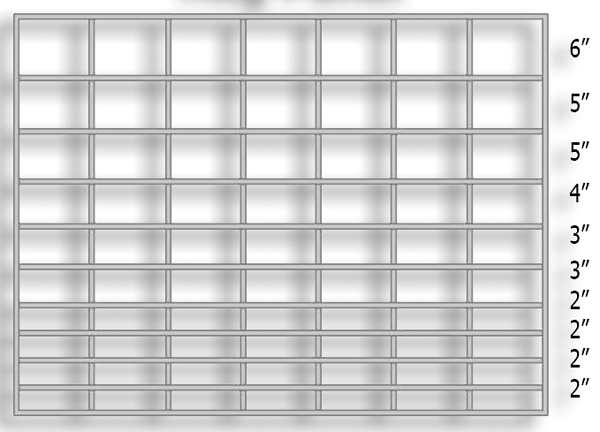
"I have tried different store-bought tomato cages, and a few I made out of various fencing materials. They were all flat by the end of the season. I now use cages that I make out of hog panel. Hog panel is a welded wire mesh that comes in 16 foot sections. The wire is almost as thick as a pencil. I start with a 60 inch high panel. I cut it with bolt cutters and use a side grinder to blunt the cuts. This produces a three-sided tomato cage that is 40 inches tall, with 25 inch sides, and twelve, 6 inch spikes that push into the ground – the whole thing is held together with wire ties (that makes for easy storage in the winter). During the more rapid growth, I have to go through the rows every seven days just to keep the plants inside of their cages. The cages are typically three feet apart, so stringing a little hammock between them to hold up a big fruit is easy. I prefer fish net stockings – black ones!" Ron W.

The diagram below demonstrates where the support for your tomato should be placed. After the supporting tie is directed under the distal portion of the fruit stalk, it must be tied firmly either to the main tomato support structure, or to the main vine where a leaf or secondary vine starts. The tear will usually occur where the fruit stalk attaches to the main stem. The pressure created by the weight of the tomato at this point must be directed elsewhere or a tear will occur.
